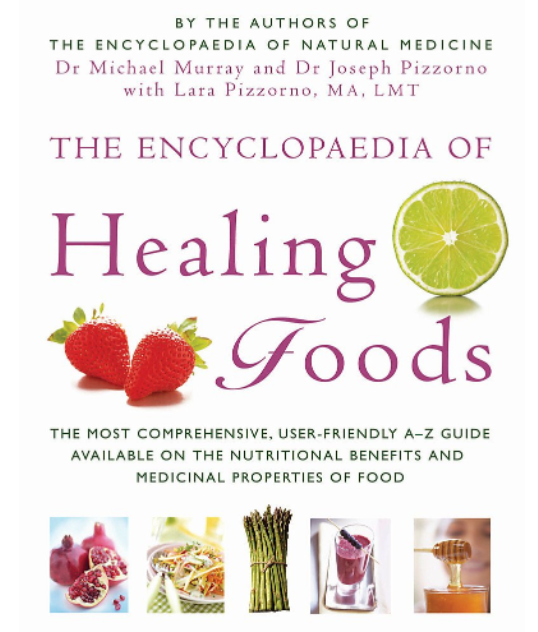What is the “real” cost of Organic Foods?
By now you recognize that, in most cases, buying organic is more expensive than conventional grown & raised foods. That may be a fact at the cash register, but there is much more to consider when you make the choice to purchase organic. The real cost is how this decision impacts our health, our environment and the humane treatment of humans and animals.
The pesticides and fertilizers used by conventional farmers have been linked to cancer and other diseases. In essence, what is sprayed on our food and put in the soil, ends up in the food we eat, the air we breathe and in our waterways. Produce that is grown in worn out and over fertilized soil may not contain the same level of nutrients, vitamins and minerals as the foods grown in an organic, sustainable way. As for meat production, the hormones used to “grow” larger animals faster and the anti-biotics used to treat sick animals end up in our food and in the animal waste. The waste from feedlots has to be disposed of in some way, not to mention the environmental impact of waste that is washed away by rain ending up in our waterways. This means that antibiotics and hormones end up in the water, as well as the pesticides and fertilizers, which impact the health of our waterways, the fish we eat and the animals that depend on waterways for survival. There are the not so pretty aspects of meat production, which we don’t like to think about, but it is a reality if you are going to eat meat. Conventionally raised animals are raised in close confines; many don’t see the light of day, the workers in the farms and production plants work long hours for little pay. Large farms and feedlots require vast amounts of Oil, a non-renewable resource to operate their machinery, while organic farmers often use bio-diesel, a renewable resource that can be made, for example, from recycled cooking oil.
There are many layers to this debate and much like an onion, when you peel one away, another layer appears. Ultimately the decision is up to you, however, a little more at the check stand can send a message to the farming industry that we care about what we put in our bodies, the air, the land, the seas and that we are concerned with the humane treatment of all living things.
If you are interested in learning more about where you food comes from, watch “Food, Inc.” or read the following books, upon which the above information was based:
“Omnivores Dilemma”, by Michael Pollan
“In Defense of Food”, by Michael Pollan
“What to Eat” by Marion Nestle
“The Encyclopedia of Healing Foods” by Michael Murray, N.D. and Joseph Pizzorno, N.D. with Lara Pizzorno, M.A., L.M.T.
Written by an inspired client.

